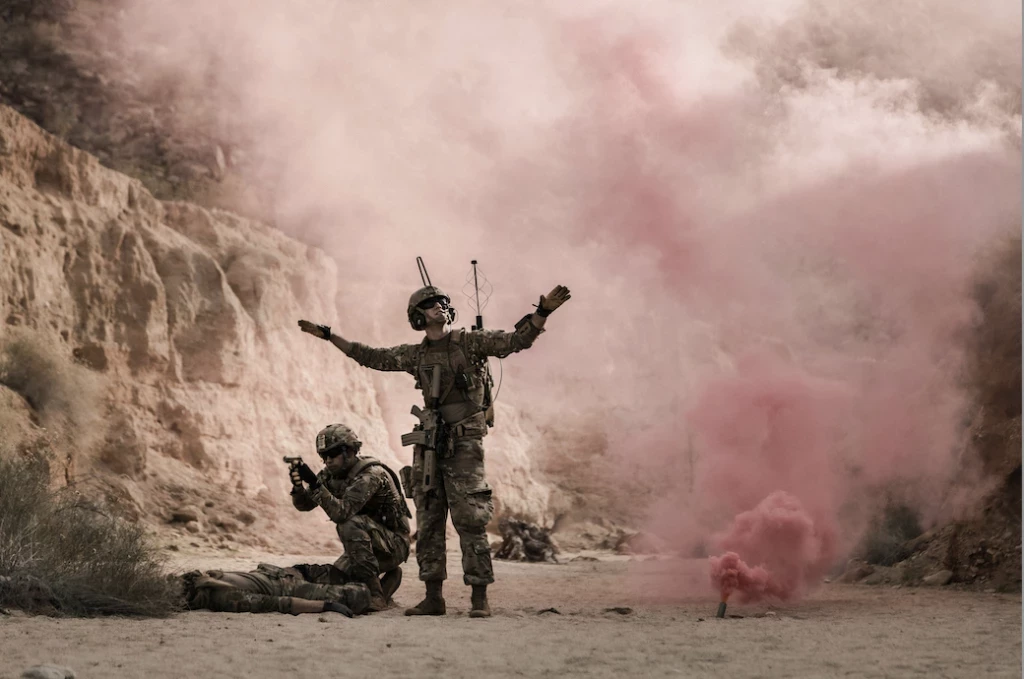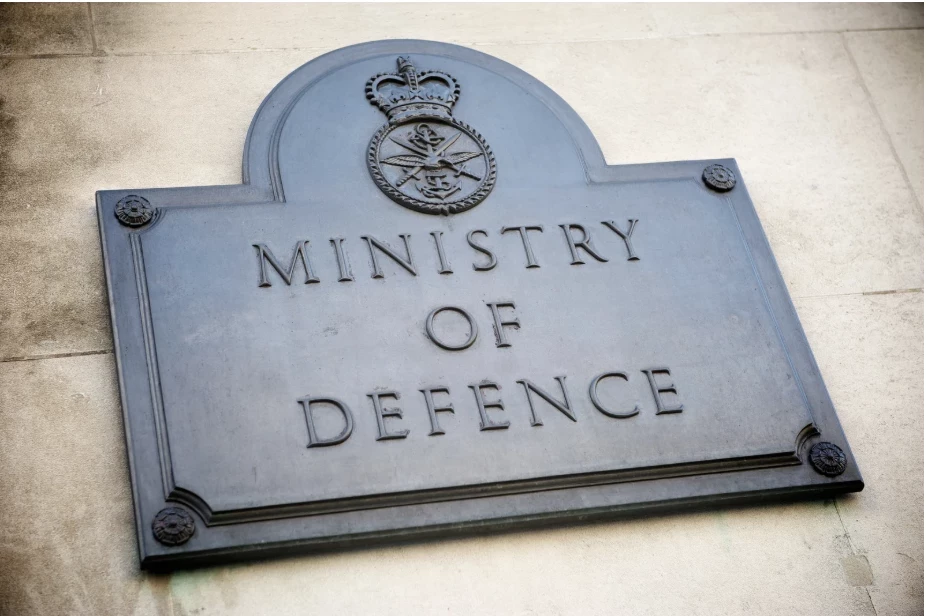Signature management for Latin American defence forces
Fibrotex aims to Provide Camouflage Technology to Latin American Defence Forces
Add bookmarkFibrotex Aims to Provide Camouflage Technology to Latin America Defence Forces
There have been several major defence and security exhibitions in Latin America in just over half a year, such as Brazil’s LAAD Defence & Security, Chile’s Exponaval, Colombia’s ColombiaMar, and Peru’s SITDEF, in which regional and global defence companies attempt to sell their products to Latin American clients.
In defence, Warships, main battle tanks, radars and small arms receive the lion's share of media coverage. However, in this age of high-tech multi spectral sensors, camouflage technology and the ability to manage your force signature is becoming increasingly important as a potential game changer.
Israeli signature management company, Fibrotex, boasts of clients in NATO and South America, including the IDF, UK Ministry of Defence, Chilean armed forces, among others.
We spoke to Eyal Malleron, CEO of Fibrotex USA, to discuss how the signature management market, future prospects, and how the Israeli company can help potential new clients in the Western Hemisphere with their operational challenges.
What is your opinion of the Latin America defence and security market?
The Latin American defence market is advanced in our view. It was amongst the first regions to understand the need to adjust defence industries and technologies for asymmetric warfare.
Read: Are main battle tanks obsolete? The view from Latin America
This applies to the continent’s more stable countries which have a modern perception of today’s threats and their R&D and defence budgets are set accordingly for peer conflict. We have strong relationships with those countries, and we believe we can learn and develop a lot by maintaining open and direct communications with them. From our end, we focus on customising our solutions to their operational needs.
The security threats that the region faces nowadays are primarily non-traditional, predominantly focused on combating terrorist movements.
The areas where insurgents operate are primarily in the rain forest (e.g. the Amazon) or mountainous regions like the Andes. How do you approach capability requirements in these environments?
Most of Fibrotex’ products are not off-the-shelf products but customised for specific needs. As a vertical manufacturer which includes our control of the complete production cycle, it is within our company’s DNA to customise technology to meet the customer’s specific requirements by taking into account their operational theatres. When we approach the customer, we promote an open discussion to gather all relevant information, to create a unique database, so we can provide a holistic solution for the success of the mission.
The aforementioned strategy allows us to customise solutions for challenging operational theatres such as arid deserts, snowy mountains, and jungles. During our recent projects in Latin America, we have developed dozens of camouflage patterns – including snow, desert, semi-desert, rocky, urban, dark woodland and light woodland patterns, which serve today with some continent’s most advanced ground and air forces.
It is the accepted view that future warfare will mostly take place in urban environments. Do you offer urban camouflaged solutions?
Naturally. As we offer camouflage patterns for snowy, woodland and desert areas, urban warfare has become more common lately, and Fibrotex has developed and manufactured several urban patterns are in already service around the world.
Read: The Internet of Battlefield Things (IoBT) and next generation sensors
Are Fibrotex products designed for long-term wear every day, or would personnel wear them in specific tactically appropriate scenarios? Can you wear them with body armour or a load bearing vest while on patrol, or is the product thrown on over all that when necessary?
We have a wide variety of solutions, including products with a long operational life cycle. While some products are singular items – such as a suit or camouflage net – and are worn over the warrior’s equipment, other solutions offer a more complete approach.
For example, we can entire gear of the warrior, including technical apparel, camouflage products and sometimes body armour. Such cases are applicable when the end user prefers to buy in a “one-stop-shop” and takes advantage of Fibrotex’ reputation.
The Observation Post would be useful for patrol units carrying out operations in the wilderness. How much does it weigh?
Fibrotex’s Observation Post can be useful for a team which is required to observe, track, gather information and shoot, while being close to the confrontation area and without being detected. While the OP comprises one reversible multi-spectral camouflage net and deployment accessories, Fibrotex also offers lighter reversible personal nets which can be quickly inter-connected into a team concealment system (NOA system).
Read: How Israel is leading the global cyberwarfare race
Such systems can provide the tactical advantage over the enemy – whether Add to Dictionaryfighting against an advanced army or a smaller militia/cartel. The required size and number of personnel directly affects the weight, which can vary from 700 grams per system and an assembly kit (Bulders kit) that provides to “tools” to inter-connect the individual screens into an OP that weights 1.2 Kg per kit (1 kit serves 4 nets).
Is signature management becoming a priority?
While the acquisition of uniforms, combat attire or camouflage equipment do not make “breaking news”-type headlines, regional armed forces and industries continue to produce and acquire them. For example, Ecuador’s FabrilFame S.A. has announced that it has manufactured a new uniform, called Jaguar M.1, and tactical boots, called Alfa M2. However, it is unclear if Ecuador’s armed forces plan to purchase new uniforms soon or if this was a research project. Similarly, Brazilian companies are also manufacturing new “smart uniforms” for the country’s armed forces via a contest organised by Brazil’s agency for industrial development (ABDI).
In late 2018 Panama’s Ministry of Security announced its intention to purchase new uniforms for its security forces (the Central American country does not possess an army), however it is unclear if this project is moving forward given the country’s history of controversial defence-related contracts. (Panama’s media has carried out in-depth research about the government’s often-fraudulent defence-related purchases).
Latin America has not experienced an inter-state war in almost a quarter of a century (Ecuador v Peru in 1995), and the probability of this occurring nowadays is low, Venezuela notwithstanding. Rather, Latin America militaries are more focused on internal security operations, such as battling narco-terrorist entities like Colombia’s ELN, Paraguay’s EPP, Peru’s Shining Path, or other criminal entities like drug cartels and gangs. Because of the areas where these criminal networks mostly operate, there is an obvious need for regional defence forces to have the combat gear, such as uniforms or observation posts, so they can operate without being located.
It will interesting to monitor if Fibrotex can secure additional clients in the Western Hemisphere in the coming years as the region continues to have present and clear dangers that require armed forces to be properly equipped.



























